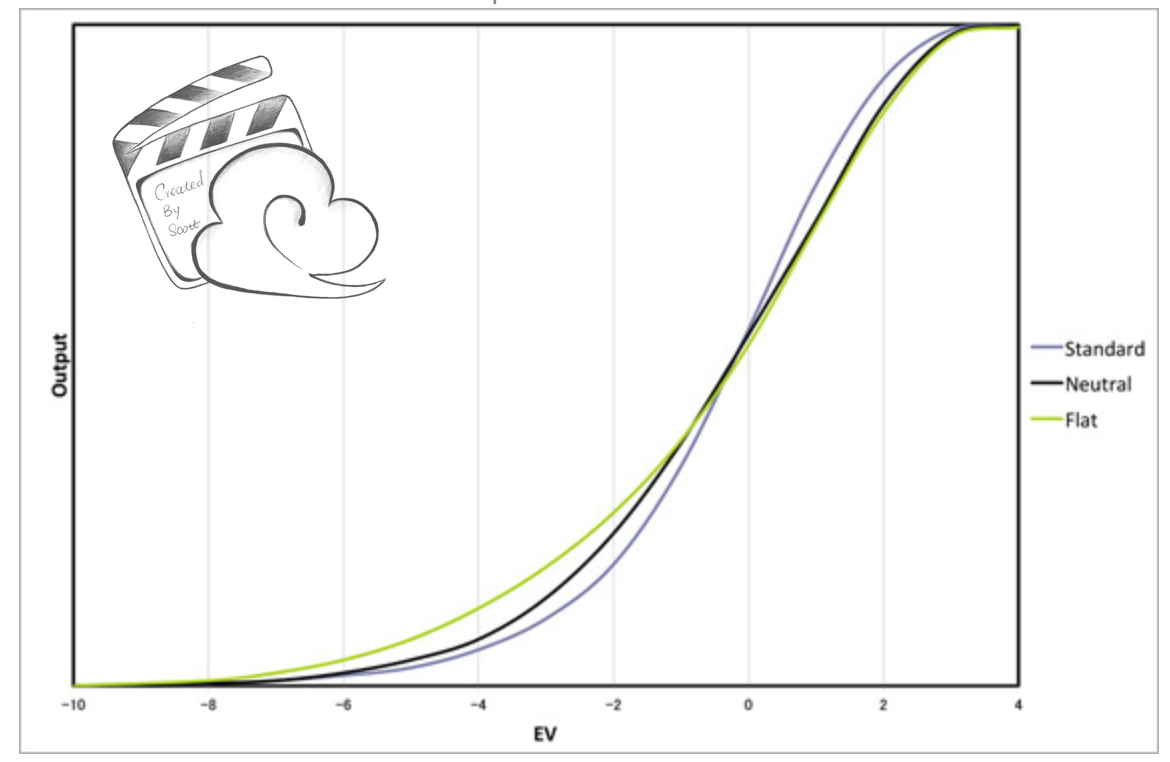

Puzzling out a quick production workflow takes some testing and thinking, but then, learning to be quick in Resolve takes some testing and thinking also. and I've never been a big user of Curves. Applying an anti-A6000 curve to give an SLOG type curve will result in a reduced numerical range ie blacks will now be at a number greater than 0 and whites a number less than 255. Other than that, the newer Lumetri with that nifty additional set of Curves. Only a camera supporting a log format like SLOG2 can use, or needs, an exposure shift. If enough people do, we may get better tools there. I've communicated both at NAB and MAX and via "electronic means" with Program head through engineers on the weirdness of the Basic "Exposure" and "Black" controls. All in all there are 35 Looks to choose from.
D LOG LUTCALC FREE
If that camera of yours happen to be a VariCam or EVA1, you’re in luck since Panasonic just has introduced their take on a LUT library, free of charge. The gamma function is defined for all complex numbers except the non-positive integers. Every halfway decent camera is capable of recording flat log profiles and therefore you have to employ a certain LUT workflow for your shooting / grading / monitoring. In mathematics, the gamma function (represented by, the capital letter gamma from the Greek alphabet) is one commonly used extension of the factorial function to complex numbers. Another very odd tool.Ĭolor wheels give very standard Lift/Gamma/Gain response for Luma (tonality) sliders. Calculus, mathematical analysis, statistics. based (pivot point) at about 20 on the left-hand 0-100 scale. Ive received many requests for my opinion on different techniques for grading, correcting, transforming and converting log footage and today were going to. Think taking the white point of a Curves panel, pulling down, all other data moving in a straight line black-to-white.īasic tab's "Black" control is more like wagging a dog's tail. it's more like a standard Whites or Gain tool going down. Testing with a split image of a standard 20 part ramp and a box of sections at different levels I've made, on "increase" it's like combining a bit of Gamma correction-up (centered about 70% or so) with a Gain operation, in curves it's a very humped increase along with moving the White point up some. The output variable y can either be represented linearly, yielding a lin–log graph (log x, y), or its logarithm can also be taken, yielding the log–log graph (log x, log y).īode plot (a graph of the frequency response of a system) is also log–log plot.If you're talking about the "Exposure" slider in the Basic tab. These graphs are also extremely useful when data are gathered by varying the control variable along an exponential function, in which case the control variable x is more naturally represented on a log scale, so that the data points are evenly spaced, rather than compressed at the low end. While simple log–log plots may be instructive in detecting possible power laws, and have been used dating back to Pareto in the 1890s, validation as a power laws requires more sophisticated statistics. In fact, many other functional forms appear approximately linear on the log–log scale, and simply evaluating the goodness of fit of a linear regression on logged data using the coefficient of determination ( R 2) may be invalid, as the assumptions of the linear regression model, such as Gaussian error, may not be satisfied in addition, tests of fit of the log–log form may exhibit low statistical power, as these tests may have low likelihood of rejecting power laws in the presence of other true functional forms. However, going in the other direction – observing that data appears as an approximate line on a log–log scale and concluding that the data follows a power law – is not always valid. Log–log regression can also be used to estimate the fractal dimension of a naturally occurring fractal. Where q = log Q, a = log A, n = log N, k = log K, and u = log U. To find the slope of the plot, two points are selected on the x-axis, say x 1 and x 2. v4.0 New Feature - Additional cameras Sony, Panasonic, DJI, Nikon. Finding the slope of a log–log plot using ratios LUTCalc Changelog v4.02 New Feature - added DaVinci intermediate colourspace - uses green primary based on published matrices and current Resolve 17 rather than published primaries, pending Blackmagic decision on correcting their white paper.


 0 kommentar(er)
0 kommentar(er)
